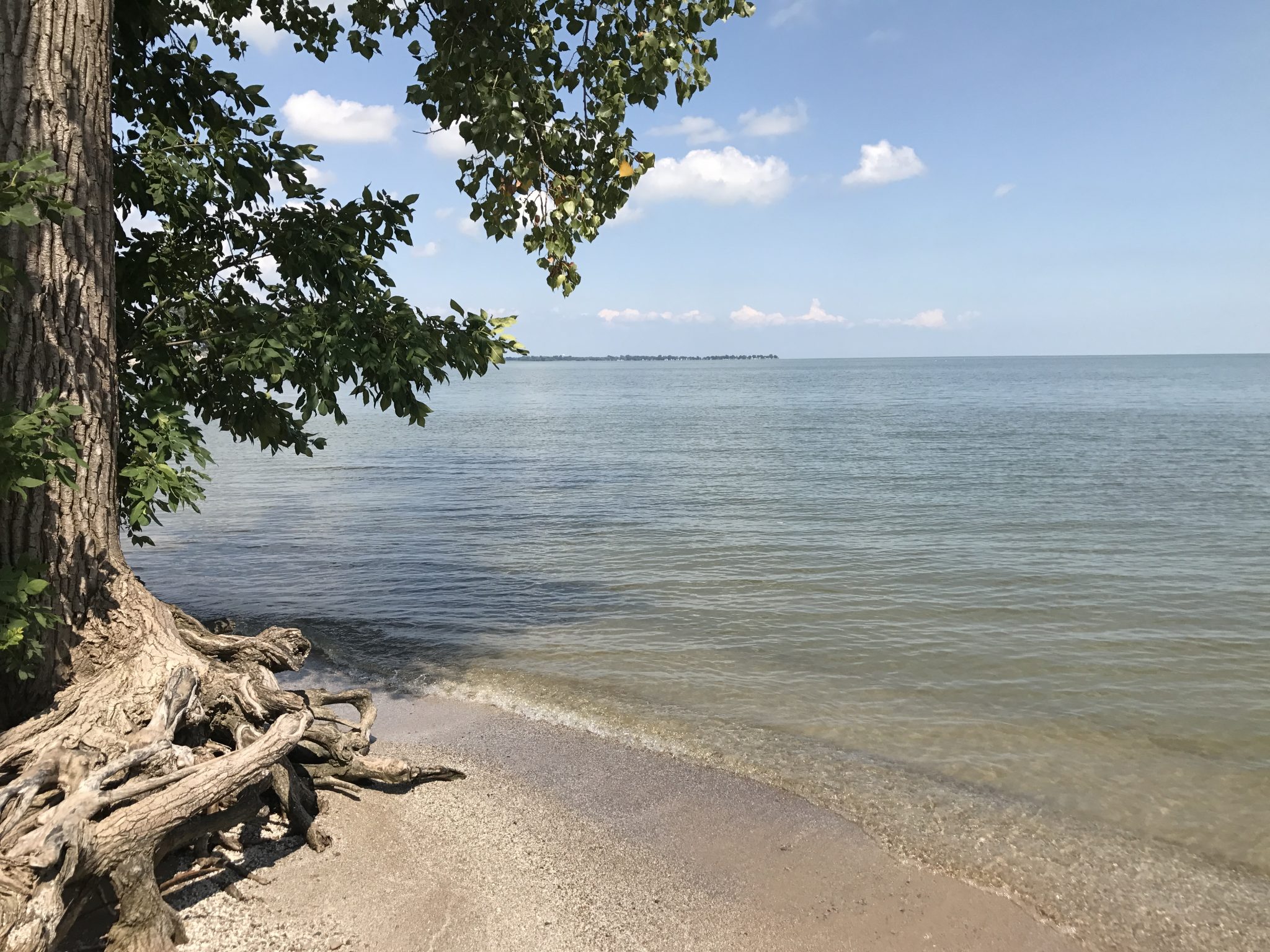Governor Announces Lake Erie Water Quality Improvement Plan
The adaptive management plan involves lowering runoff at the source, land conservation, and education aimed at reducing the amount of phosphorus that gets into the lake.

Gov. Gretchen Whitmer is outlining her strategy to protect Lake Erie from agricultural runoff.
The adaptive management plan involves lowering runoff at the source, land conservation, and education aimed at reducing the amount of phosphorus that gets into the lake.
Michigan Department of Agriculture and Rural Development (MDARD) spokesperson Jennifer Holton said the state is working on several projects to cut down on runoff.
“It really is everyone working together. Whether it’s conservation districts, working with our farmers, we want to make quantifiable improvements in water quality,” she said.
Phosphorus is commonly used in fertilizer on farms, but it can also cause toxic cyanobacteria blooms that hurt water quality in Lake Erie.
Tammy Newcomb is the senior water policy advisor for the state Department of Natural Resources (DNR).
She said tactics like wetland restoration can help slow the process of runoff reaching the lake.
“So, it allows time for the biota and to uptake that phosphorous as well as for the water itself just to kind of settle out a little bit,” Newcomb said.
The adaptive management plan is part of a broader effort to cut the amount of phosphorus entering Lake Erie by 40% by 2025.
It’s a tool to “evaluate progress on the Domestic Action Plan (DAP) goals,” MDARD Environmental Stewardship Division director Jim Johnson said.
Trusted, accurate, up-to-date.
WDET strives to make our journalism accessible to everyone. As a public media institution, we maintain our journalistic integrity through independent support from readers like you. If you value WDET as your source of news, music and conversation, please make a gift today.

